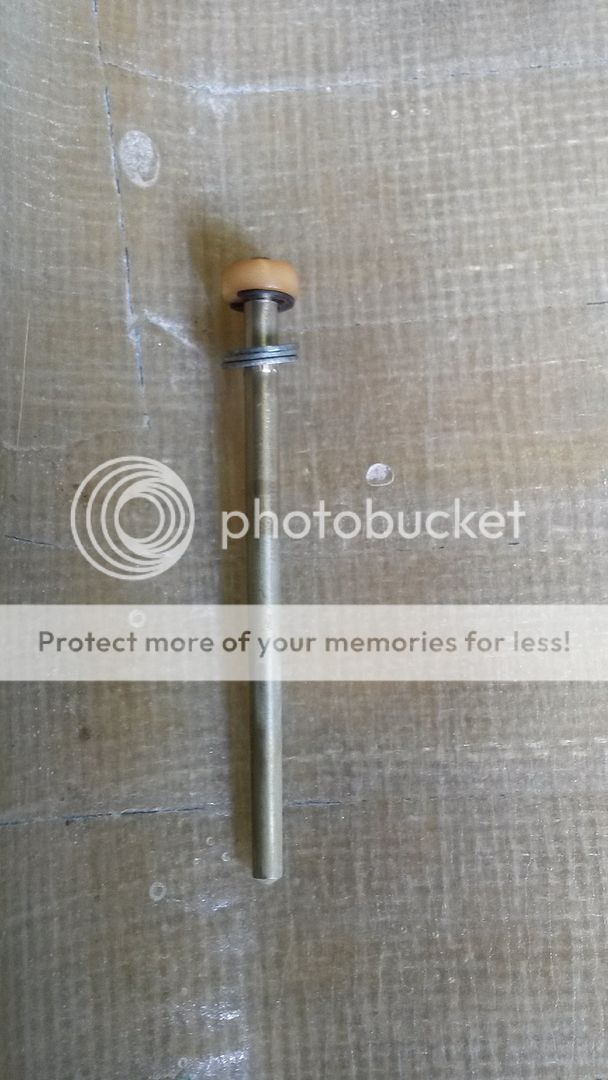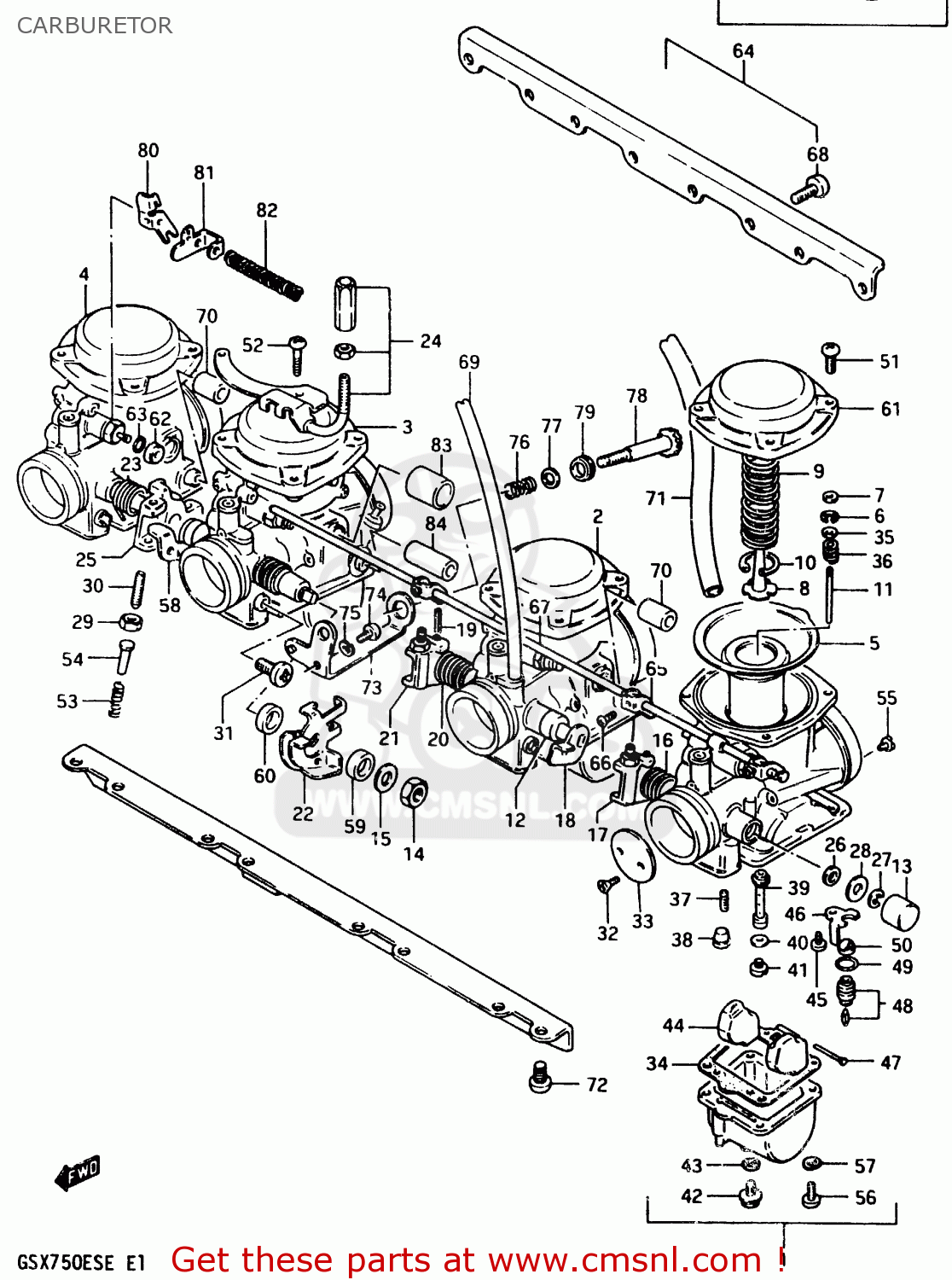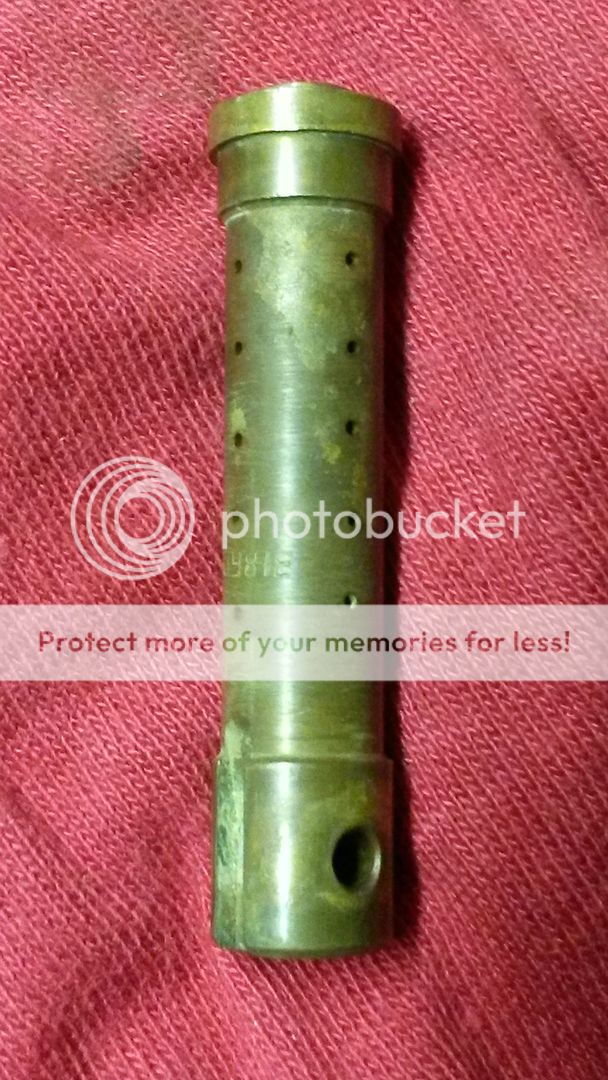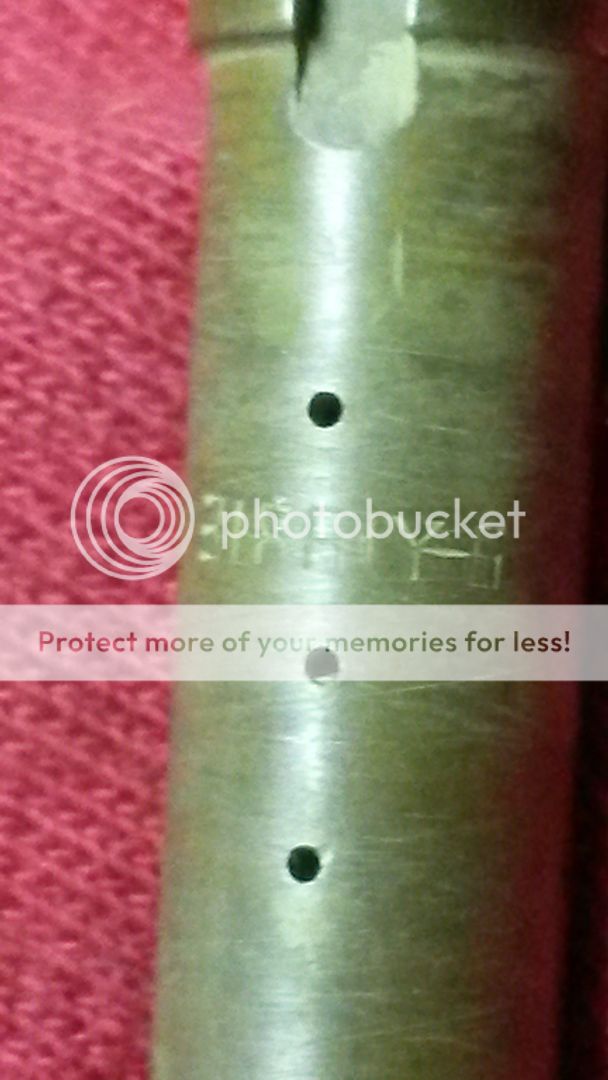crazypj
Split personality, I fake being smart
If you know it has stock cams (remove cam cover and look for any markings saying they are Yoshimura or something)
Then do a compression test. You should be getting around 170~185psi if everything is in good condition.
Pull out one of the end spark plugs and see if pistons are high dome, if stock,(low dome)
If you have stock cams and pistons, the setting I suggested will work better than the 145 plastic jet (in fact, I have a set of 150 nylon jets here that I removed from a GS750 around 1980 ;D )
The nylon jets were often used as a testing point, plus, you could distort the thread to use them in Kei-Hin, Mikuni, AMAL or Hitachi carbs (personally I always thought they were junk)
Use genuine Mikuni or aftermarket from JetsR-Us, Sirus consolidated, etc
Then do a compression test. You should be getting around 170~185psi if everything is in good condition.
Pull out one of the end spark plugs and see if pistons are high dome, if stock,(low dome)
If you have stock cams and pistons, the setting I suggested will work better than the 145 plastic jet (in fact, I have a set of 150 nylon jets here that I removed from a GS750 around 1980 ;D )
The nylon jets were often used as a testing point, plus, you could distort the thread to use them in Kei-Hin, Mikuni, AMAL or Hitachi carbs (personally I always thought they were junk)
Use genuine Mikuni or aftermarket from JetsR-Us, Sirus consolidated, etc








